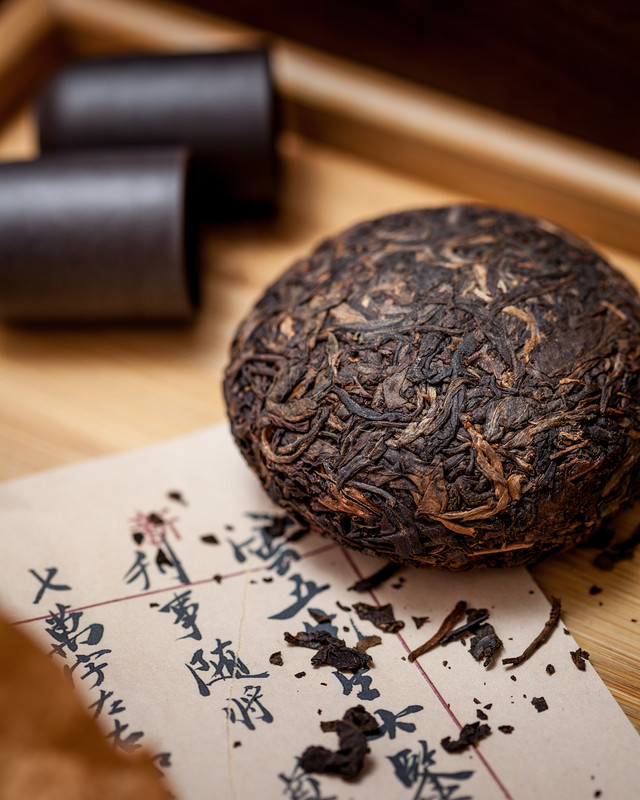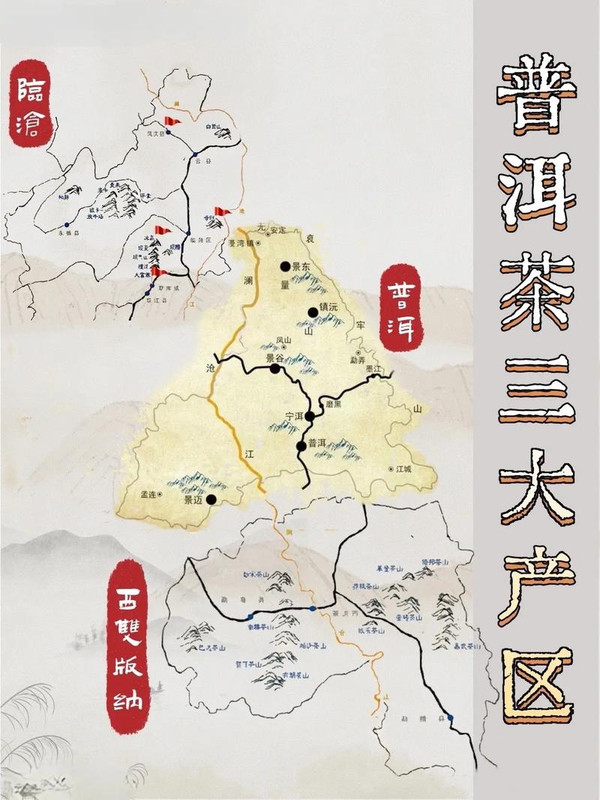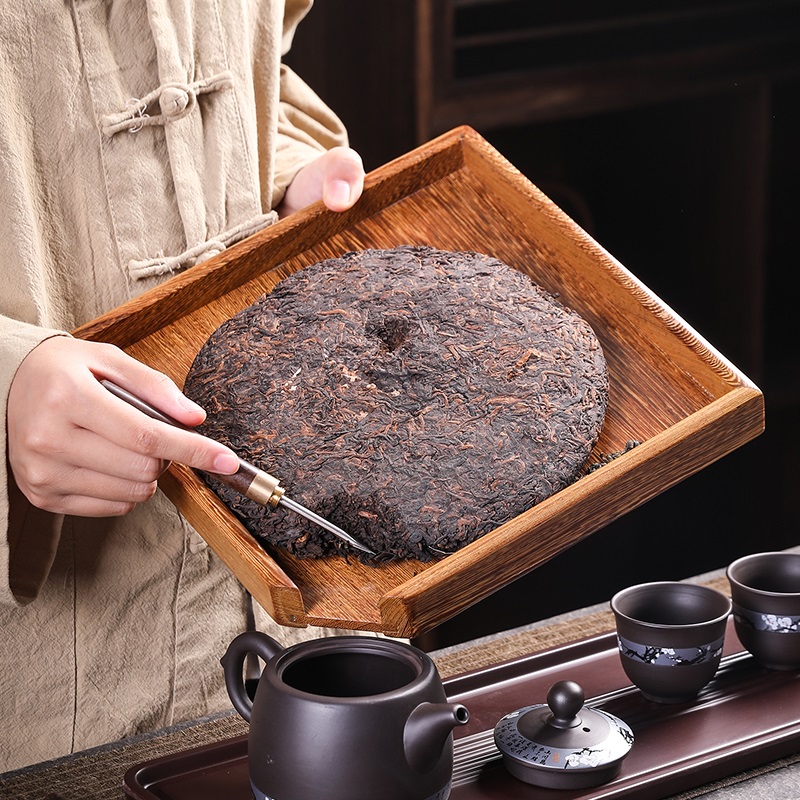Pu-erh, a revered category of Chinese dark tea, captivates connoisseurs with its complex fermentation process, rich history, and evolving flavors. Originating in Yunnan Province, Pu-erh’s classification is a multifaceted tapestry woven with threads of terroir, processing methods, and aging potential. Below, we unravel the layers of Pu-erh’s diverse classifications:

1. Botanical and Cultivation Origins
Pu-erh’s essence begins in the soil and trees:
- Wild Tea (野生茶): Harvested from ancient, non-cultivated trees in Yunnan’s forests, these teas boast robust flavors and high antioxidant content.
- Cultivated Tea (台地茶): Grown on plantations, these trees are pruned for easier harvesting and yield teas with milder, more accessible profiles.
- Ancient Tree Tea (古树茶): Sourced from trees over 100 years old, these leaves produce complex, layered infusions prized for their depth and longevity.
2. Processing Methods: The Alchemy of Flavor
The journey from leaf to cup is defined by processing:
- Sheng Pu-erh (生普洱):
- Process: Sun-dried after picking, then naturally aged.
- Flavor Profile: Bright, grassy, with floral notes evolving into honey and earth tones over years.
- Aging Potential: Known to mellow and deepen for decades, developing a “sheng” (raw) energy.
- Shu Pu-erh (熟普洱):
- Process: Accelerated fermentation via “wo dui” (渥堆), a controlled microbial process.
- Flavor Profile: Earthy, smooth, with notes of dark chocolate or stewed fruit.
- Health Benefits: Renowned for aiding digestion and reducing cholesterol due to probiotic properties.
3. Physical Forms: From Leaves to Art
Pu-erh’s shape influences its aging and brewing:
- Loose Tea (散茶): Preserved in its natural state for immediate brewing, ideal for observing leaf quality.
- Cake Tea (饼茶): Compressed into 357g discs, a traditional format for aging and trade.
- Brick Tea (砖茶): Rectangular blocks for slow, steady maturation.
- Tuo Cha (沱茶): Small, doughnut-shaped cakes, convenient for daily brewing.
4. Geographic Terroir: Mountains and Rivers in a Cup
Yunnan’s diverse microclimates birth distinct Pu-erh profiles:
- Xishuangbanna Region:
- Key Mountains: Menghai (布朗山, home to robust “King” Laobanzhang tea), Yiwu (易武, known for floral elegance).
- Flavor Notes: Bold, thick, with mineral undertones.
- Pu’er Prefecture:
- Jingmai Mountain (景迈山): Celebrated for its ancient tea gardens and lanolin-like aroma.
- Lincang Region:
- Bingdao (冰岛): Sweet, icy-cool infusions with lingering aftertaste.
5. Aging and Storage: The Test of Time
- Dry Storage (干仓): Aged in clean, ventilated environments, allowing natural, slow transformation.
- Wet Storage (湿仓): Accelerated aging in humid conditions, often resulting in musty notes and compromised quality.
- Vintage Pu-erh: Prized for its rarity, mid-20th-century cakes fetch high prices for their smooth, complex flavors.
6. Iconic Varieties: A Taste of Legend
- Laobanzhang (老班章): The “King of Pu-erh,” with intense bitterness followed by explosive sweetness and a smoky finish.
- Bingdao (冰岛): A “Queen” renowned for its sugar-like sweetness and cooling sensation.
- Mansong (曼松): Delicate, floral, and rare, with a history as a royal tribute tea.
- Yiwu (易武): Subtle, honeyed, and aromatic, embodying the “softness” of Pu-erh.
7. Brewing and Sensory Journey
- Sheng Pu-erh: Brewed with boiling water, it offers a vibrant, layered experience.
- Shu Pu-erh: Steeped at 95°C, it delivers a comforting, mellow warmth.
- Aging Impact: Over time, Sheng Pu-erh’s astringency softens, while Shu Pu-erh’s earthiness deepens.
Conclusion
Pu-erh tea is more than a beverage—it’s a living legacy, a dance between nature and human craft. From the wild forests of Yunnan to the controlled fermentations of modern factories, each classification tells a story of tradition and innovation. Whether savoring the raw power of a Sheng cake or the gentle embrace of a Shu tuo cha, Pu-erh invites us to embark on a sensory voyage through time and terroir. As the tea ages, so too does our appreciation, deepening with every sip.



